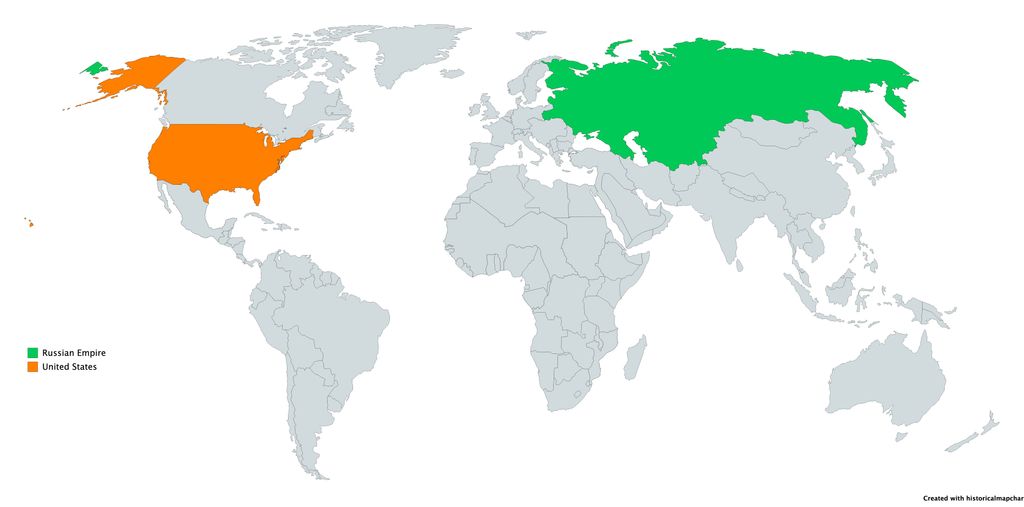
A momentous diplomatic endeavor is taking shape on the global stage, as the United States and Russia appear poised to engage in high-stakes discussions aimed at bringing an end to the prolonged conflict in Ukraine. Central to these unfolding negotiations is a proposed peace deal that could fundamentally redraw Ukraine’s borders, potentially cementing Moscow’s territorial gains and ushering in a new geopolitical reality. The very prospect of such a summit, particularly the scheduled meeting between President Donald Trump and President Vladimir Putin in Alaska, has ignited a flurry of diplomatic activity and diverse reactions from capitals worldwide, signaling a pivotal moment in the ongoing crisis.
At the heart of the emerging discussions is a bold proposition reported by Bloomberg, citing unnamed sources, suggesting a significant territorial restructuring. This intricate proposal envisions Ukraine surrendering the entire eastern Donbas region, alongside Crimea, and specific parts of Luhansk and Donetsk. Such a concession would represent a profound shift in Ukraine’s territorial integrity, reflecting the heavy toll of the conflict that began with Russia’s invasion in February 2022.
The reported settlement further outlines a reciprocal arrangement: Ukraine would be required to withdraw its forces from the eastern regions of Luhansk and Donetsk. In exchange, Russia would commit to halting offensive operations in the southern Ukrainian regions of Kherson and Zaporizhzhia. This potential agreement, if it materializes, could indeed be interpreted as a significant victory for President Putin, validating his strategic objectives over more than two years of intense fighting.
However, the path to such a deal remains fraught with uncertainty. A crucial element that is still unclear is whether Moscow would agree to relinquish any of the territories it currently occupies beyond those specified for a halt in operations. This ambiguity underscores the delicate balance of power and the complex negotiations that lie ahead, as each side assesses its strategic advantages and potential concessions.
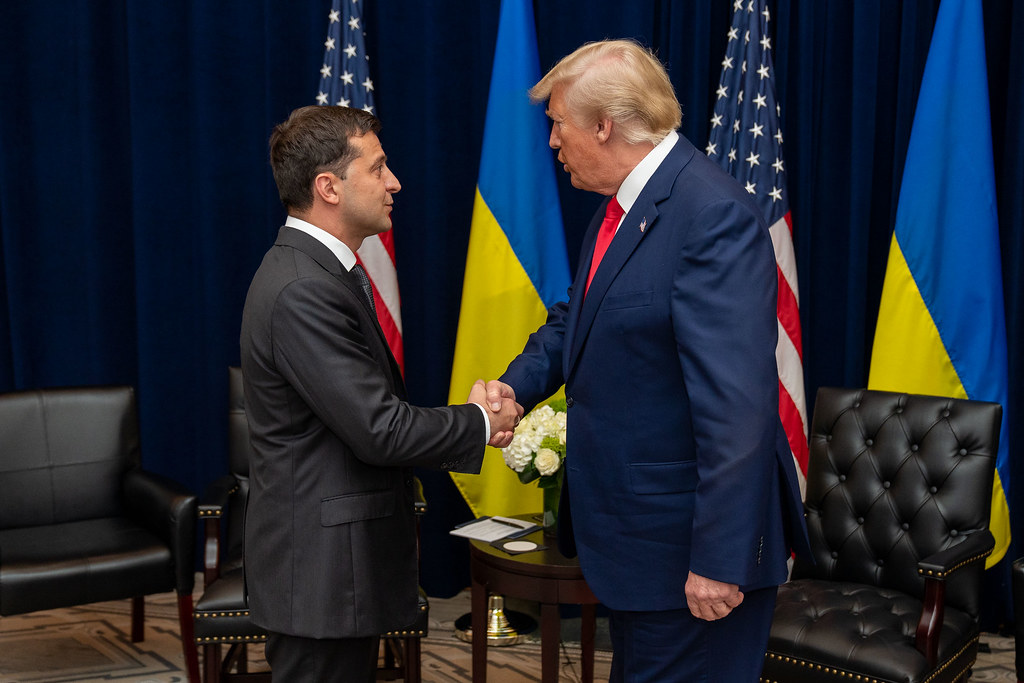
President Donald Trump, speaking publicly on Friday, offered a broad yet intriguing outline of his vision for a resolution. He hinted that “Any agreement would likely involve some swapping of territories,” though he refrained from delving into specific details of what such an exchange might entail. This statement, while intentionally vague, clearly signals a readiness to explore unconventional solutions to a deeply entrenched conflict.
President Trump articulated his belief that both leaders harbor a desire for an end to hostilities. “President Putin, I believe, wants to see peace, and Zelenskyy wants to see peace,” he stated. He also expressed a measure of confidence in President Zelenskyy’s position, asserting, “In all fairness to President Zelenskyy, he’s getting everything he needs to, assuming we get something done.” These remarks suggest an underlying conviction in the potential for a diplomatic breakthrough.
Adding to the anticipation, President Trump had previously set a 50-day deadline in July for Russia to agree to a ceasefire. While that ambitious target has since been reduced to a “lesser number,” his growing frustration is palpable. He expressed being “very disappointed” that Moscow has not eased its attacks, indicating the persistent challenges in de-escalating the conflict despite ongoing diplomatic overtures.
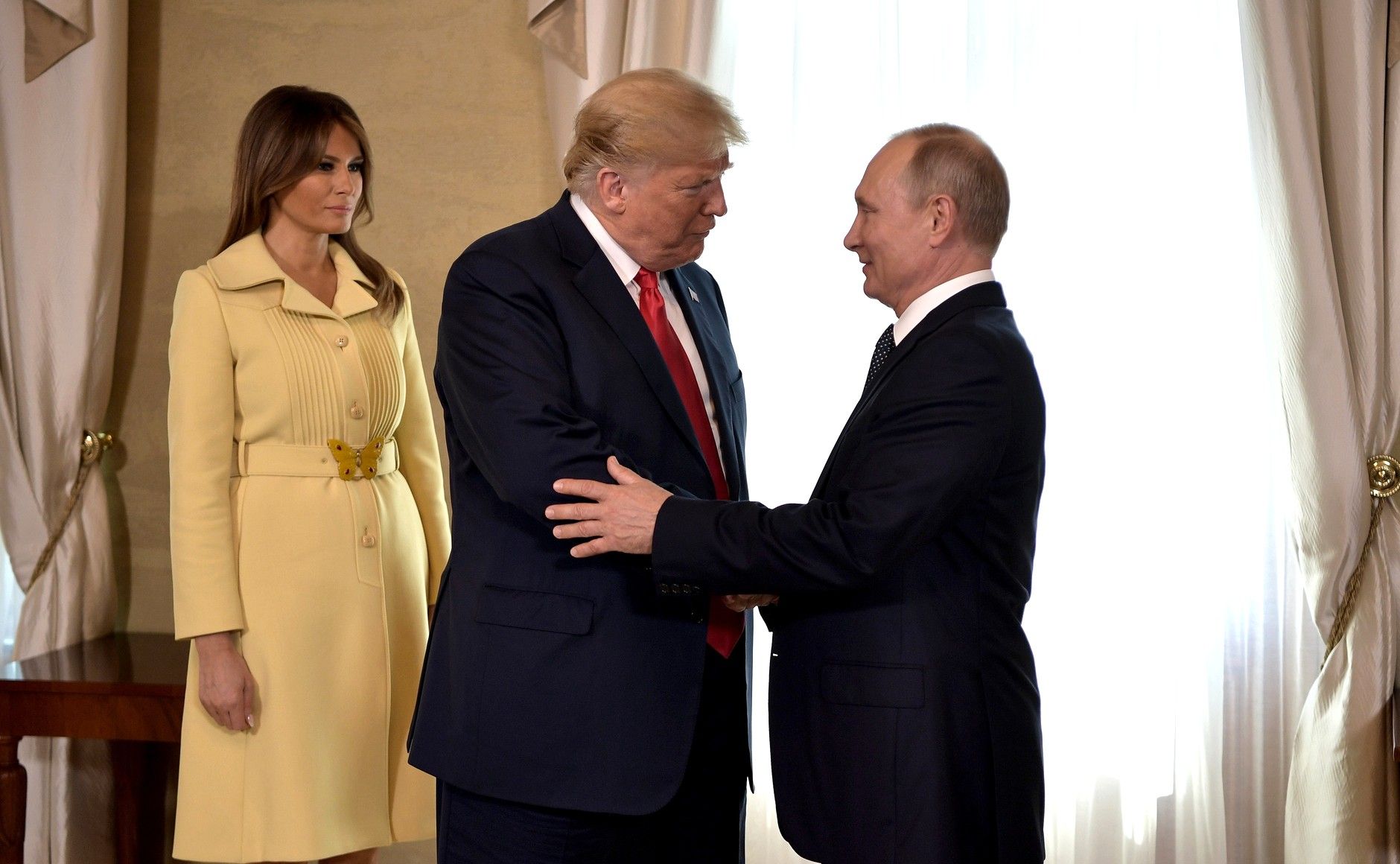
All eyes are now turning towards Alaska, where President Trump and President Putin are scheduled to meet for talks next week, specifically on August 15, 2025. This much-anticipated summit represents President Putin’s first visit to the United States in a decade, his last being in 2015 for the UN General Assembly in New York. For President Trump, this meeting is arguably his most direct attempt yet to fulfill a key campaign promise: to end the war “within 24 hours.”
The choice of Alaska as the summit venue carries considerable symbolic weight. The vast territory was sold by Russia to the United States in 1867, and its western tip lies just across the Bering Strait from Russia’s easternmost point. This geographical proximity and shared historical connection evoke a sense of bridging divides, even as deep geopolitical rifts persist between the two nuclear powers.
Confirmation of the meeting came from the Kremlin following a visit to Moscow by US envoy Steve Witkoff. During his diplomatic mission, Mr. Witkoff reportedly proposed a trilateral meeting that would include Ukrainian President Volodymyr Zelenskyy. However, according to Kremlin spokesperson Ushkov, “The Russian side left this option completely without comment,” indicating Moscow’s current reluctance to engage directly with Kyiv in this high-level format.
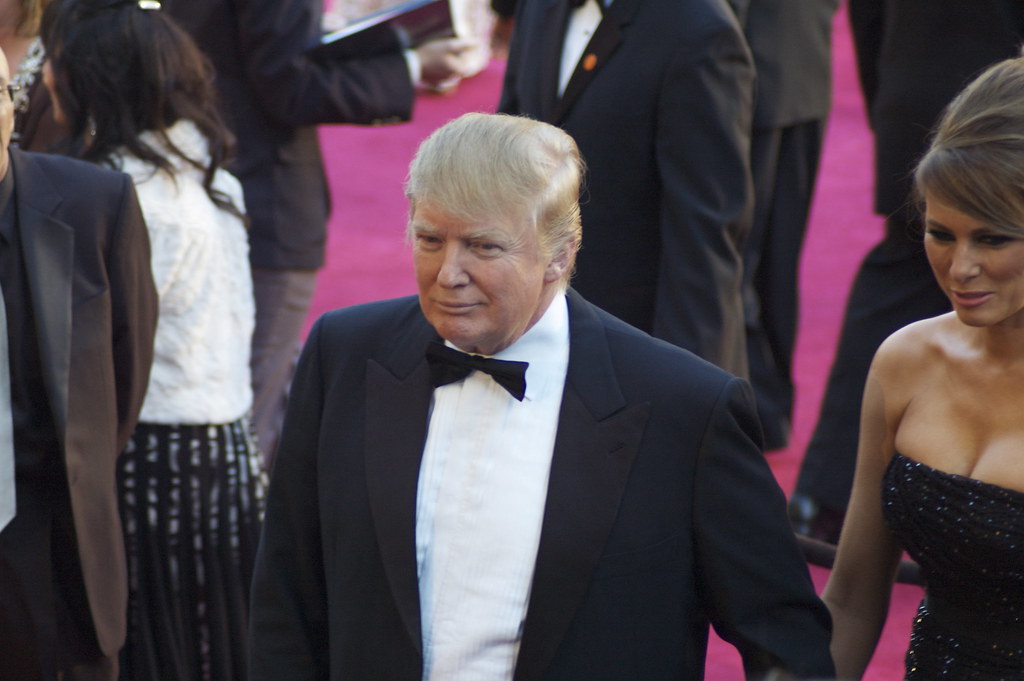
President Trump had earlier hinted at such a direct engagement, telling reporters he would likely meet Putin face-to-face “very soon.” Despite previous rounds of direct talks between Moscow and Kyiv ending without a breakthrough, this upcoming summit signals a renewed, high-level effort to achieve what has thus far eluded negotiators: a viable path to peace in Ukraine.
Amidst these intensive diplomatic efforts, India has emerged as a significant voice, warmly welcoming the agreement for the Trump-Putin summit in Alaska. New Delhi views this meeting as a “possible breakthrough” in ending the war. The Ministry of External Affairs, in a statement released on Saturday, underscored India’s consistent position, reiterating Prime Minister Narendra Modi’s frequent assertion that “This is not an era of war.”
The Indian Ministry of External Affairs statement further affirmed, “India, therefore, endorses the upcoming Summit meeting and stands ready to support these efforts.” This clear endorsement highlights India’s commitment to peace and its willingness to contribute to de-escalation efforts, reflecting its long-standing policy of promoting diplomatic resolutions to international conflicts.
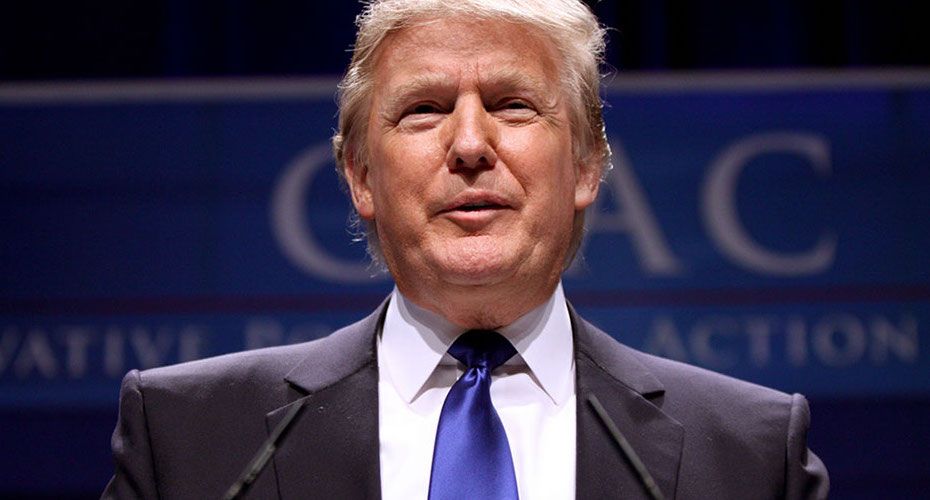
This diplomatic support from India arrives amidst a backdrop of escalating economic pressure from the United States. President Trump recently imposed a substantial 50% tariff on Indian imports, directly accusing India of supporting Moscow’s ‘war machine’ by continuing to purchase Russian oil. This move followed an earlier announcement of a 25% additional duty on top of an already existing 25% tariff, bringing the total to a significant 50%.
Specifically, the order stipulated that “The ad valorem duty imposed…shall be in addition to any other duties, fees, taxes, exactions, and charges applicable to such imports…” The implementation schedule for these duties shows the base duty taking effect from August 7, with the additional charge beginning on August 27, following a 21-day period. This punitive measure underscores the complexities of global alliances and economic interdependence in the current geopolitical climate.
President Trump’s order explicitly stated, “I find that the Government of India is currently directly or indirectly importing Russian Federation oil. Accordingly, and as consistent with applicable law, articles of India imported into the customs territory of the United States shall be subject to an additional ad valorem rate of duty of 25%.” This justification frames the tariffs as a direct consequence of India’s energy trade with Russia, highlighting the US administration’s determination to isolate Moscow economically.
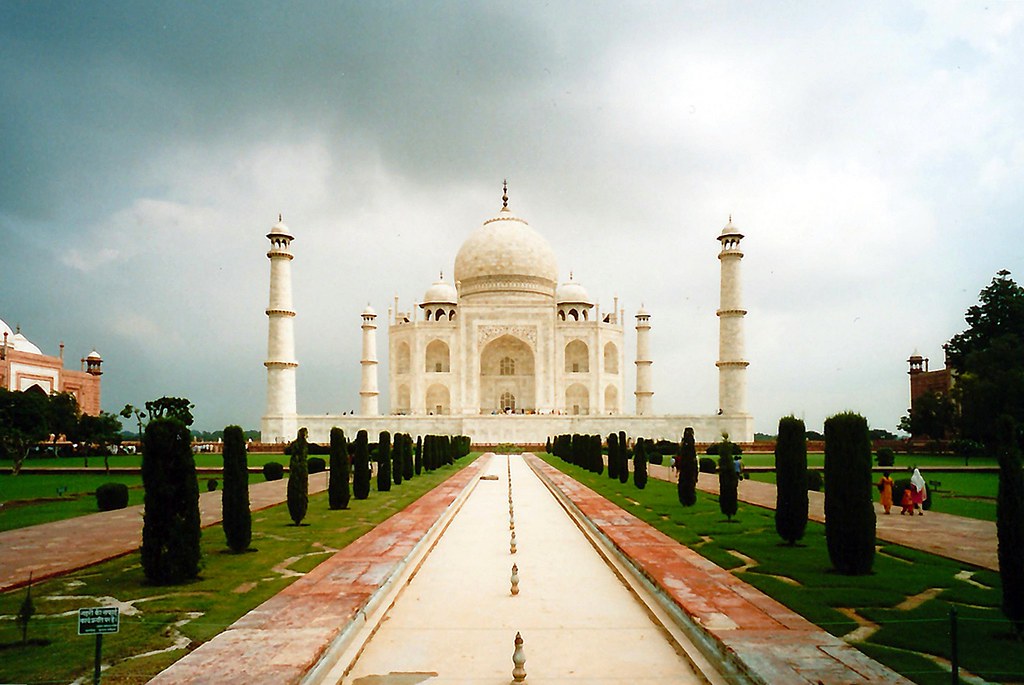
Adding to the diplomatic friction, the Republican president also reportedly made a “dead economy” jibe at both India and Russia following the tariff announcements. New Delhi, in a swift and firm response, characterized the targeting of India as “unjustified” and “unreasonable.” The Ministry of External Affairs critically highlighted what it perceived as hypocrisy from both the United States and the European Union.
The MEA pointed out that while these Western powers criticized India, they themselves continued to maintain, and even expand, their own lucrative trade with Russia. The Indian ministry asserted, “Like any major economy, India will take all necessary measures to safeguard its national interests and economic security,” signaling a resolute stance against what it views as unfair pressure.
Further demonstrating the deepening bilateral ties between India and Russia, Prime Minister Narendra Modi recently held a telephonic conversation with President Vladimir Putin. During this call, the two leaders reaffirmed their unwavering commitment to deepen their bilateral relations, showcasing the enduring nature of their strategic partnership despite external pressures. President Putin provided Prime Minister Modi with an update on the latest developments concerning Ukraine.
In response, the prime minister reiterated India’s consistent position advocating for the peaceful resolution of the conflict, reinforcing a stance that has been a cornerstone of Indian foreign policy. The leaders also reviewed the progress in their bilateral agenda, collectively reaffirming their commitment to further deepen the “Special and Privileged Strategic Partnership” between India and Russia. This high-level engagement underscores the multifaceted relationship between the two nations.
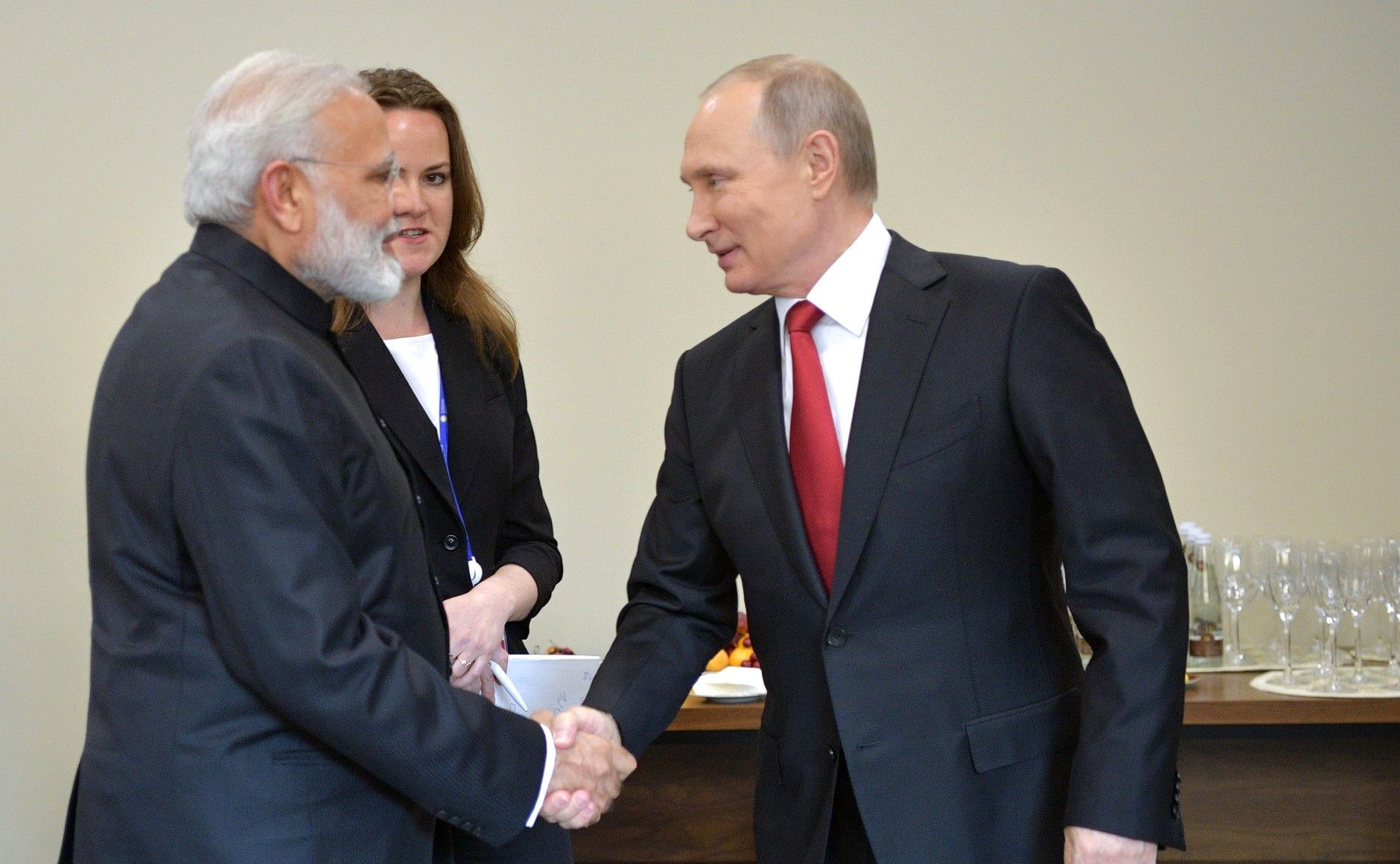
Prime Minister Modi subsequently shared insights from the conversation on X, stating, “Had a very good and detailed conversation with my friend President Putin. I thanked him for sharing the latest developments on Ukraine.” He continued, “We also reviewed the progress in our bilateral agenda, and reaffirmed our commitment to further deepen the India-Russia Special and Privileged Strategic Partnership. I look forward to hosting President Putin in India later this year,” officially inviting President Putin to India for the 23rd India-Russia Annual Summit.
While diplomatic overtures continue, the realities on the ground remain grim for Ukrainian forces, which are currently under severe pressure across various fronts. The Pokrovsk area of Donetsk, in particular, is bearing the brunt of Russia’s relentless assault, as the Kremlin intensifies its efforts to push into the neighboring Dnipropetrovsk region. This strategic push highlights Russia’s continued military objectives and the intensity of the fighting.
Compounding Ukraine’s challenges, its army is grappling with significant manpower shortages, a critical factor impacting its ability to sustain defensive operations and counter-offensives. In the north, heavy fighting continues in Sumy, a key effort aimed at preventing Russian troops from redeploying to the east, underscoring the interconnected nature of the battlefield.
For many soldiers on the front lines, the idea of negotiating with Moscow is simply a nonstarter, highlighting the deep-seated mistrust and resolve to continue fighting. Buda, a drone unit commander in Ukraine’s Spartan Brigade, articulated this sentiment clearly to the Associated Press, stating, “It is impossible to negotiate with them. The only option is to defeat them.” This raw perspective from the battlefield offers a stark contrast to the diplomatic efforts underway.
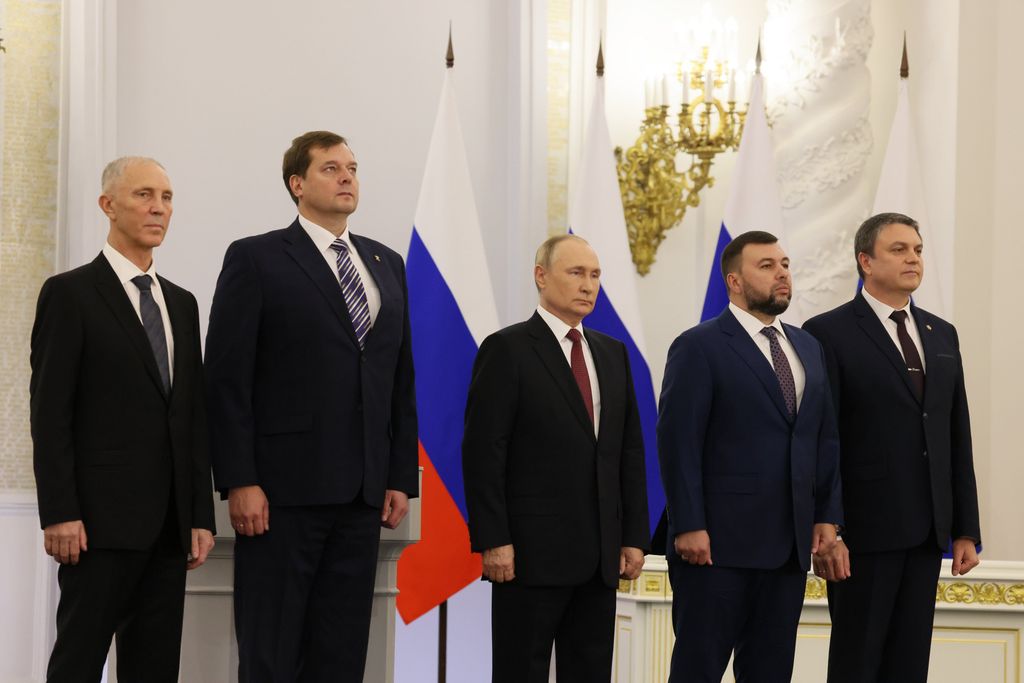
Meanwhile, President Putin has indicated a conditional openness to a ceasefire. He stated on Thursday that he agrees in principle with a U.S. proposal for a 30-day ceasefire in Ukraine, but he was quick to emphasize that the precise terms are yet to be worked out. He stressed that any truce must ultimately pave the way to lasting peace, signaling Russia’s long-term objectives beyond a mere halt in hostilities.
“The idea itself is correct, and we certainly support it,” Putin told a news conference in Moscow, expressing guarded optimism. “But there are issues that we need to discuss, and I think that we need to talk about it with our American colleagues and partners and, perhaps, have a call with President Trump and discuss it with him.” This indicates Russia’s readiness for direct engagement with the U.S. on the ceasefire terms.
President Trump acknowledged what he described as “good signals” coming out of Russia and offered his own guarded optimism regarding Putin’s statement. He reiterated his readiness to speak with Putin, underscoring his conviction that it was indeed time to end the war. Speaking at a meeting at the White House with NATO Secretary General Mark Rutte, Trump commented, Putin “put out a very promising statement, but it wasn’t complete.” He added, “Now we’re going to see whether or not Russia’s there. And if they’re not, it’ll be a very disappointing moment for the world.”
Putin, however, noted the critical need to develop robust mechanisms to control possible breaches of any truce. He also signaled that Russia would seek firm guarantees that Ukraine would not exploit the break in hostilities to rearm and continue mobilization efforts. This concern highlights a key Russian precondition for any sustained ceasefire, reflecting lessons learned from previous attempts at de-escalation.
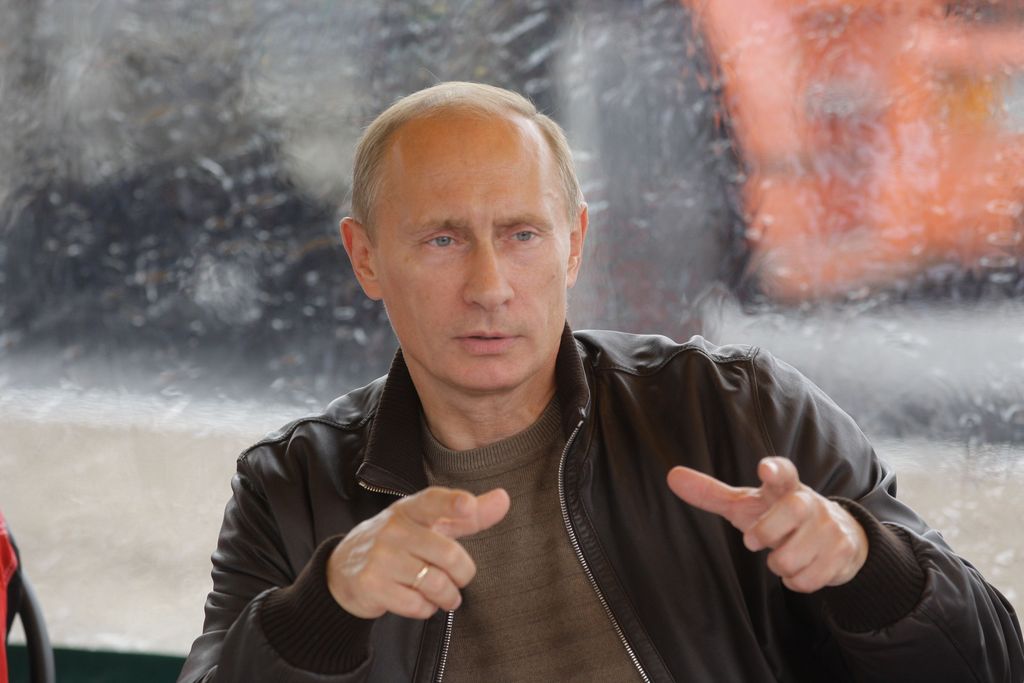
“We agree with the proposals to halt the fighting, but we proceed from the assumption that the ceasefire should lead to lasting peace and remove the root causes of the crisis,” Putin affirmed. This statement underscores Russia’s desire for a comprehensive and enduring resolution, rather than a temporary pause in conflict. The Russian leader’s remarks came just hours after the arrival of Trump’s special envoy, Steve Witkoff, in Moscow for discussions specifically on the 30-day ceasefire, which Ukraine has already accepted.
A Kremlin adviser indicated that Putin planned to meet with Witkoff later that Thursday, highlighting the direct channel of communication being established between Washington and Moscow. This diplomatic push coincided with a notable Russian claim that its troops had driven the Ukrainian army out of a key town in Russia’s Kursk border region, Sudzha, where Moscow had been attempting for seven months to dislodge Ukrainian forces from their foothold.
This claim could not be independently verified, and Ukrainian officials made no immediate comment. Putin suggested that the U.S. appeared to have persuaded Ukraine to accept a ceasefire, implying that Ukraine’s interest might stem from its current battlefield situation, particularly in Kursk. Referring to the Ukrainian troops in Kursk, he questioned, “Will all those who are there come out without a fight? Or will the Ukrainian leadership order them to lay down arms and surrender?” These remarks reveal Russia’s strategic thinking concerning the ceasefire.
President Putin extended his gratitude to Trump “for paying so much attention to the settlement in Ukraine.” He also acknowledged and thanked the leaders of China, India, Brazil, and South Africa for their “noble mission to end the fighting,” a statement that clearly signaled the potential involvement and influence of these global powers in any prospective ceasefire deal. Notably, Russia has explicitly stated it will not accept peacekeepers from any NATO members to monitor a prospective truce, setting a firm boundary for international oversight.
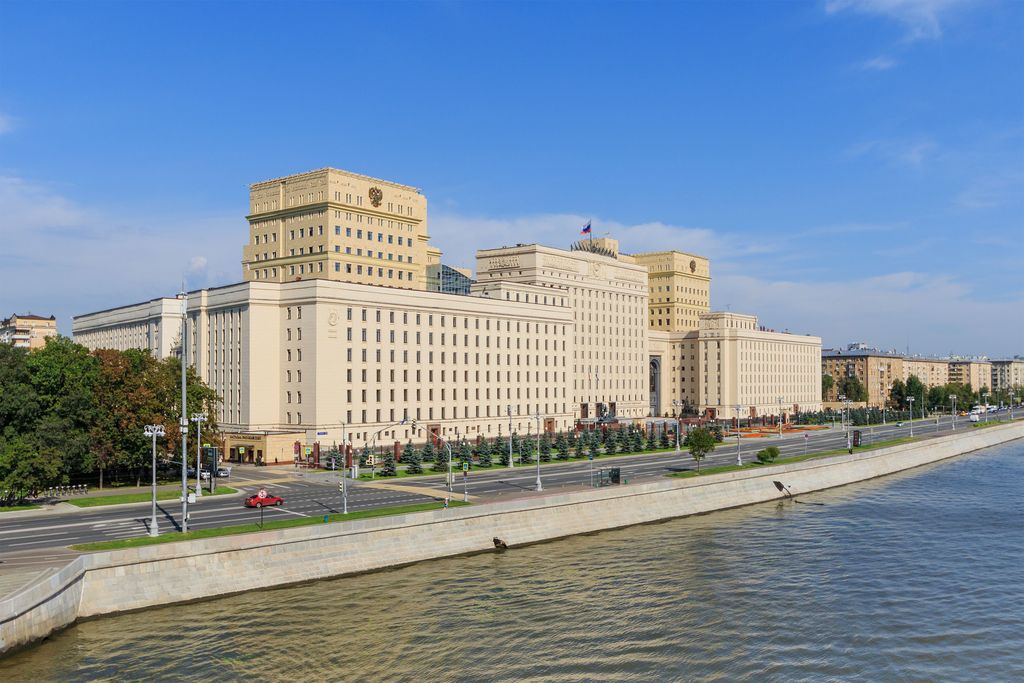
The Russian Defense Ministry’s assertion of recapturing Sudzha, a Ukrainian operations hub in Kursk, came just hours after Putin’s high-profile visit to his commanders in the Kursk region. The renewed Russian military push, combined with Putin’s direct engagement with his troops, unfolded precisely as Trump intensifies his quest for a diplomatic end to the war, which has persisted for more than three years since Russia’s full-scale invasion.
Significantly, the U.S. on Tuesday lifted its March 3 suspension of military aid for Kyiv, following reports of progress in talks between senior U.S. and Ukrainian officials in Saudi Arabia on how to halt the fighting. Despite this, the Trump administration has so far shown no interest in utilizing the approximately $3.85 billion in congressionally authorized funding for future arms shipments, preferring to await the outcome of the ongoing peace overtures.
President Trump stated on Wednesday that “it’s up to Russia now” as his administration continues to press Moscow to agree to the ceasefire. He has also made veiled threats of new sanctions if Russia does not engage constructively with peace efforts. U.S. Treasury Secretary Scott Bessent echoed this sentiment, telling CNBC on Thursday that Trump is “willing to apply maximum pressure on both sides,” including the highest scale of sanctions on Russia, underscoring the administration’s resolve.
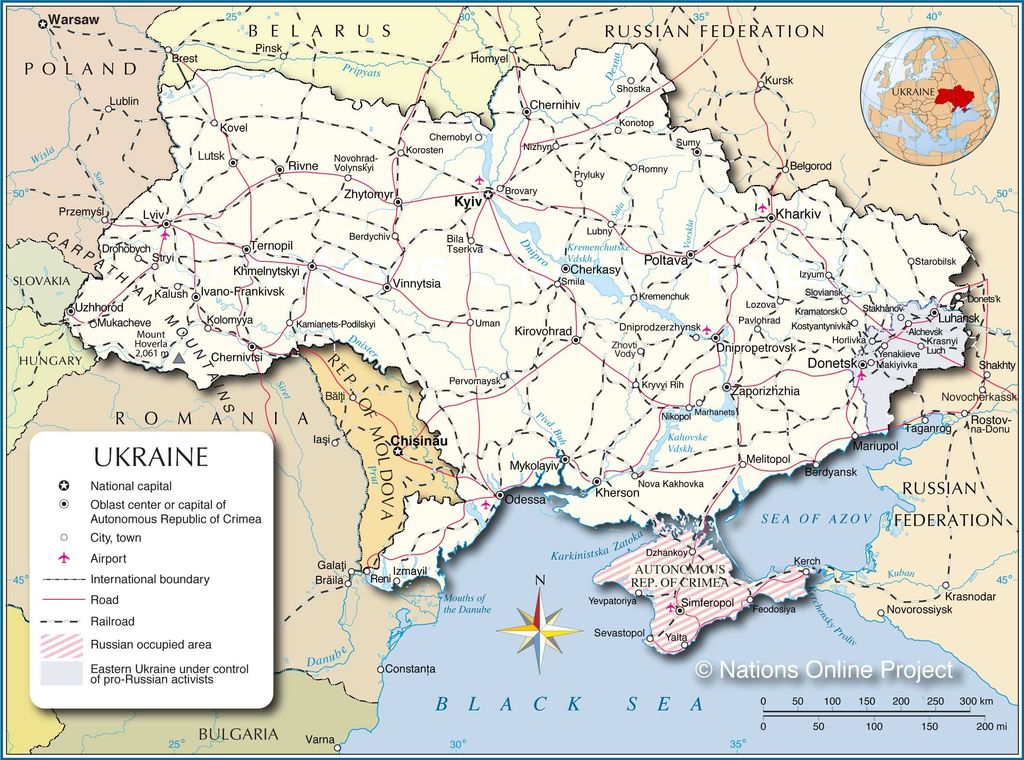
Ukraine, for its part, has expressed its own profound concerns that Russia might use a truce as an opportunity to regroup and rearm, a critical apprehension shared by military strategists. Ukrainian President Volodymyr Zelenskyy, using the Telegram messaging app on Thursday, publicly chided Russia for what he described as its slow response to the ceasefire proposal, directly accusing Moscow of attempting to delay any comprehensive peace deal.
Zelenskyy asserted that Ukraine is “determined to move quickly toward peace” and conveyed his hope that sustained U.S. pressure would ultimately compel Russia to cease fighting. The Ukrainian army’s daring incursion into Russia last August, establishing a foothold inside Russian territory for the first time since World War II, was aimed at countering grim front-line news, drawing Russian troops away from internal Ukrainian battlefields, and gaining a crucial bargaining chip in future peace talks. However, this incursion did not significantly alter the overall dynamic of the war.
The Institute for the Study of War, a Washington-based think tank, assessed late Wednesday that Russian forces were indeed in control of Sudzha, a town close to the border that previously housed about 5,000 people. General Oleksandr Syrskyi, Ukraine’s top military commander, reported that Russian aircraft had carried out an unprecedented number of strikes on Kursk, resulting in Sudzha being “almost completely destroyed.” While he did not explicitly comment on whether Ukraine still controlled the settlement, he confirmed that his country was “maneuvering (troops) to more advantageous lines.”
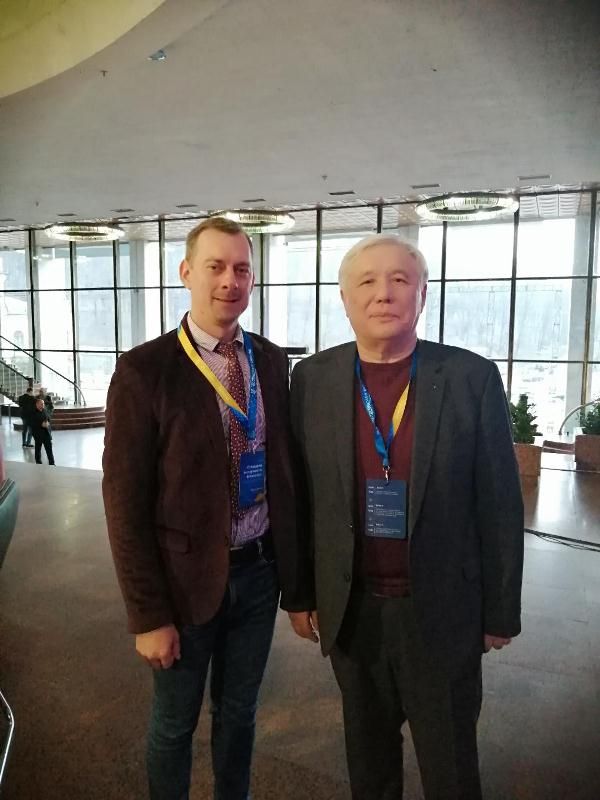
Adding another layer of complexity, Maj. Gen. Dmytro Krasylnykov, commander of Ukraine’s Northern Operational Command, which includes the Kursk region, was dismissed from his post. He informed Ukrainian media outlet Suspilne on Wednesday that he was not provided a reason for his dismissal, stating, “I’m guessing, but I don’t want to talk about it yet.” This sudden change in leadership highlights the intense pressures and fluid command structures within the Ukrainian military.
As the world watches the unfolding drama in Alaska, the delicate dance of diplomacy continues against a backdrop of intense military maneuvers and profound human cost. The proposed territorial shifts, the firm stances of the belligerents, and the concerted efforts of global powers like India, China, and Brazil paint a vivid picture of a world grappling with one of its most intractable conflicts. Whether this summit represents a true inflection point toward lasting peace or merely another turn in the long road of conflict remains to be seen, but the stakes for Ukraine and for global stability could not be higher. Every dialogue, every proposal, every shift on the battlefield contributes to a narrative that is still being written, holding the promise of resolution or the risk of deepening division.

